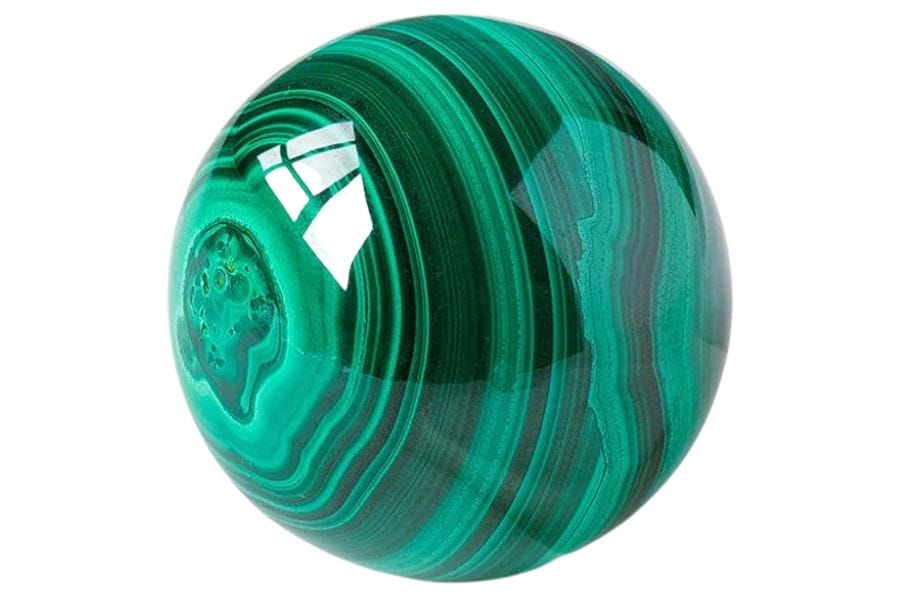Delving into the world of gemstones can reveal fascinating differences and uncanny similarities between various stones. Take malachite vs jade, for instance. Both might seem like simple green stones, but a closer look reveals a tapestry of contrasts.
There are significant differences between them, such as their hardness, color variations, chemical composition, and even the locations around the world where they’re primarily found.
Delving into the nuances of malachite and jade provides not just an insight into these specific minerals, but also a glimpse into the varied and intricate world of geology and human history.
Malachite vs Jade – The Major Differences
While both malachite and jade can be green, they have some key differences that set them apart. Many people find it interesting to compare and contrast these two. So, it’s a great topic to dive into if you’re curious about the world of stones!
Appearance – Malachite has banded patterns
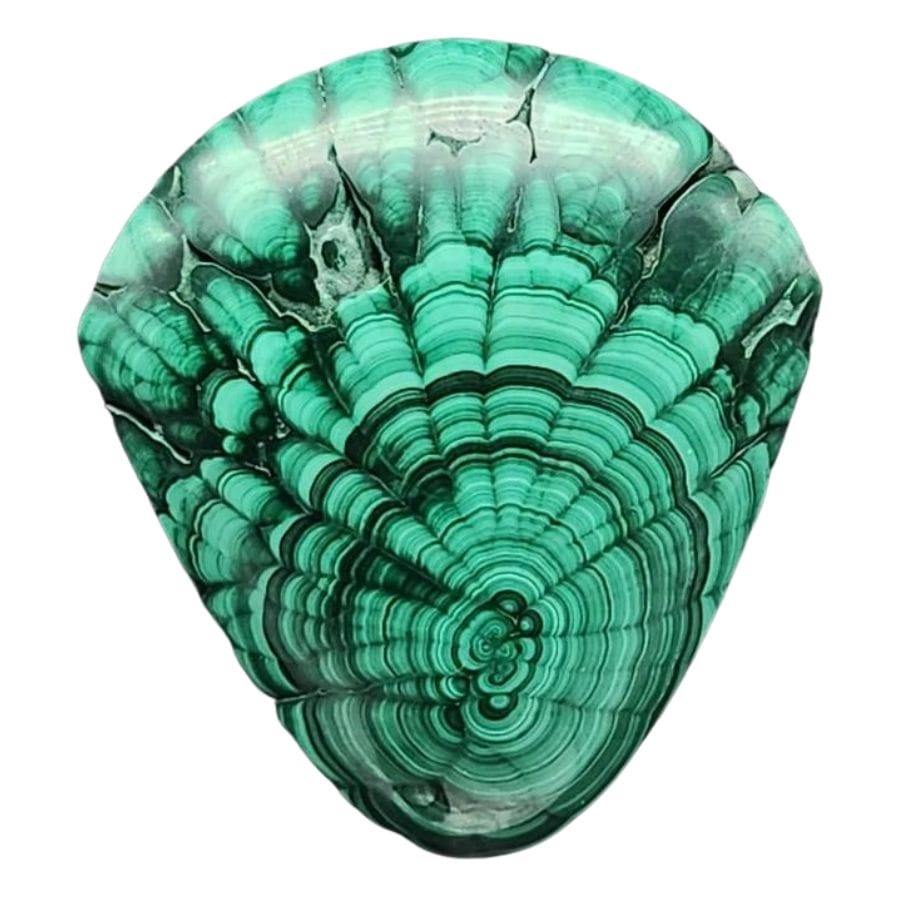
One of the first things people notice about malachite is its banded patterns. These bands vary in thickness and can create beautiful designs on the stone’s surface.
In its natural, uncut form, malachite often has what’s known as a botryoidal texture. This means it can look like a cluster of tiny grapes all bunched together.
On the other hand, jade is all about smoothness. If you ever touch or see a piece of jade, it feels and looks even and consistent. It doesn’t have the grape-like texture of malachite or its banded patterns.
Instead, jade’s charm comes from its uniformly smooth and sleek surface.
Colors – Jade can come in colors other than green
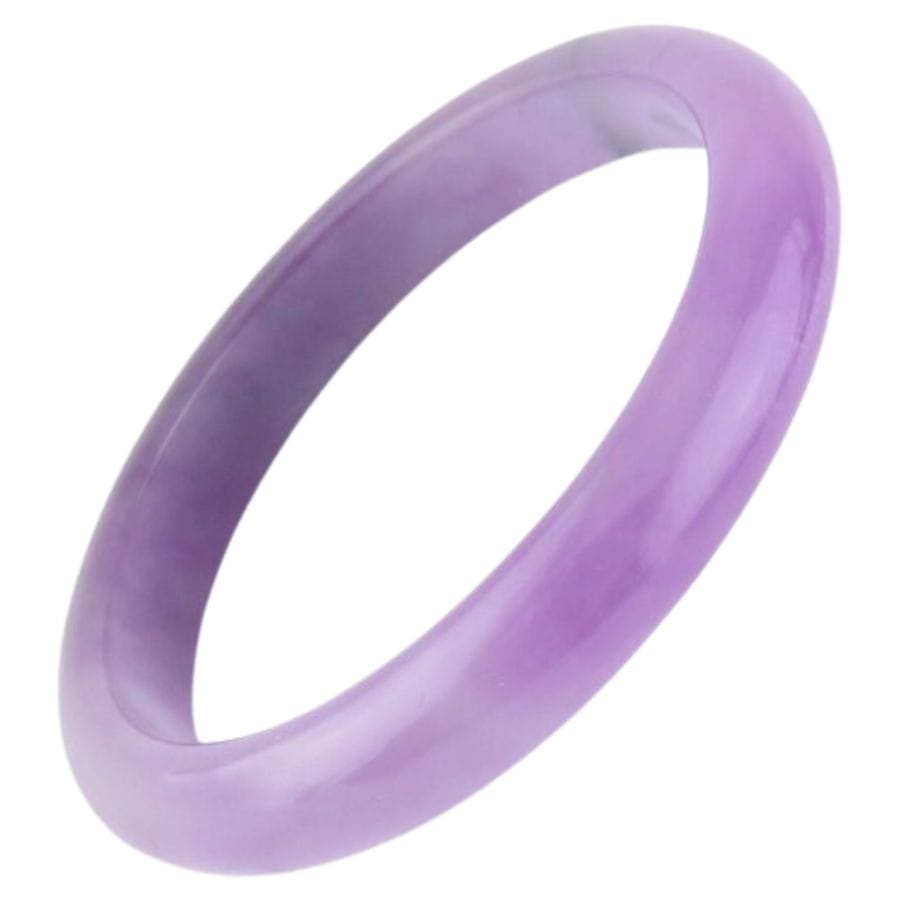
Malachite and jade are both known for their stunning green colors, but they show off the green in different ways. Malachite sticks to a green palette, going from light green shades, almost like fresh grass, to deeper, dark green tones.
Jade, on the other hand, showcases a broader palette. While it can be a lovely shade of green, the colors of jade include lavender, white, red, and even black.
The colors in minerals come from the tiny atoms and elements inside them. These atoms absorb and reflect light in different ways, giving us the beautiful colors we see.
Sometimes, other elements sneak into the mineral as it’s forming. Depending on what those elements are, they can change or add to the mineral’s color.
So, the same kind of mineral can end up with different colors because of these sneaky elements.
Streak – Malachite leaves a pale green streak
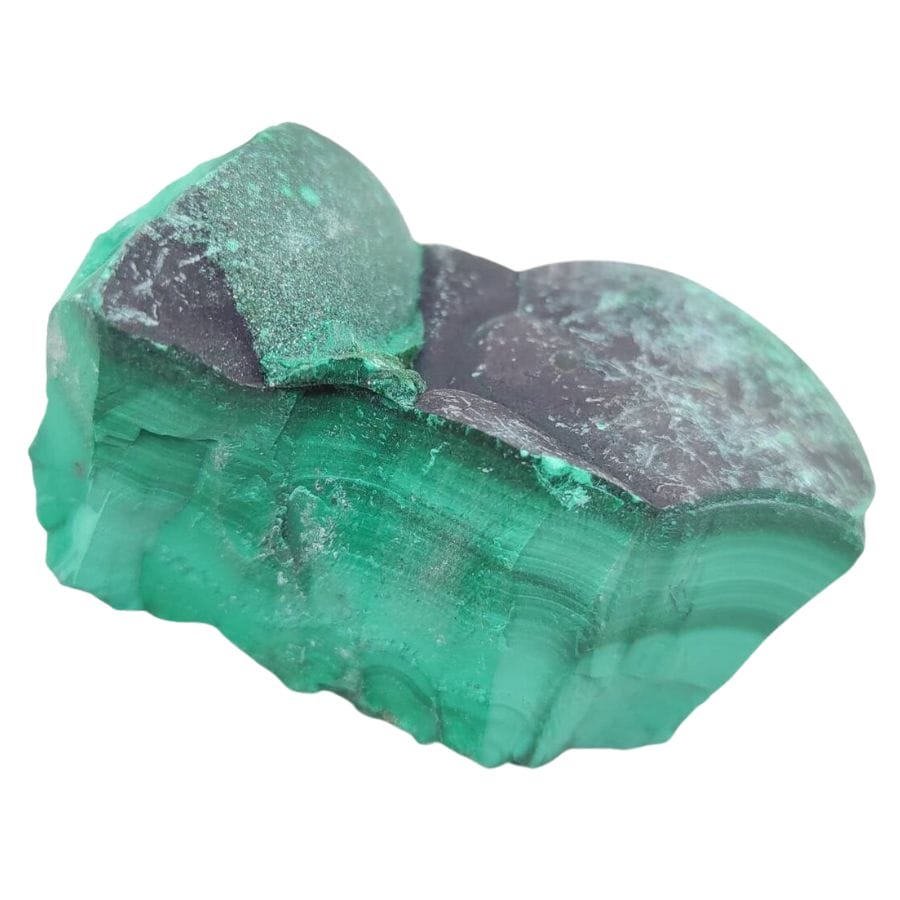
Streak is the color of the powder that a mineral leaves behind when it’s rubbed on something rough. Think of it like drawing with chalk on a sidewalk, but instead of chalk, you’re using a rock or mineral.
To find out a mineral’s streak, people use a streak test. For this test, they rub the mineral on a piece of unglazed porcelain, like the rough bottom of a tile. The color of the line it makes is the mineral’s streak.
Now, malachite and jade are both interesting when we talk about streaks. If you test malachite’s streak, you’ll see that it leaves a pale green line.
On the other hand, jade is a bit of a surprise. Even if jade is green, purple, or any other color, when you do the streak test, it leaves a white line. So, even if two minerals might look a bit alike, their streak can show they’re actually quite different.
Luster – Jade can shine like glass or like oil
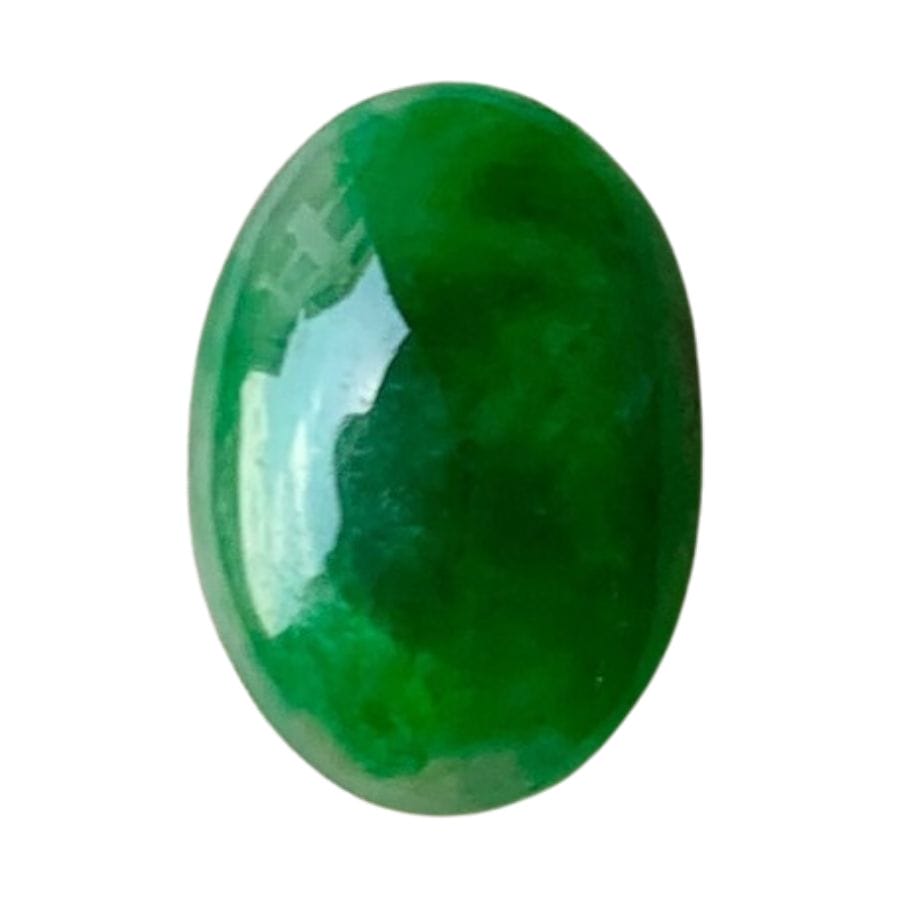
Luster is a fun word that tells us how light bounces off minerals. When you shine a light on a mineral, or even if you just look at it in sunlight, you’ll notice it reflects light in its own special way. This reflection, or shine, is what we call luster.
Malachite has several types of luster. If it’s in its best form, it can have an adamantine luster, which is super sparkly, almost like a diamond. But most of the time, it has a vitreous luster, which means it shines like glass.
Sometimes, if malachite has a fibrous structure, it can look silky. And if it’s in a big chunk or massive form, its luster can be dull or even earthy.
Now, jade comes in two main types: nephrite and jadeite. Nephrite jade has a luster that can be vitreous, like glass, or greasy, kind of like oil on water.
Jadeite jade, however, is a bit different. It’s mostly subvitreous, which is a little less shiny than glass, and can be pearly on some surfaces.
Hardness – Malachite is easier to scratch
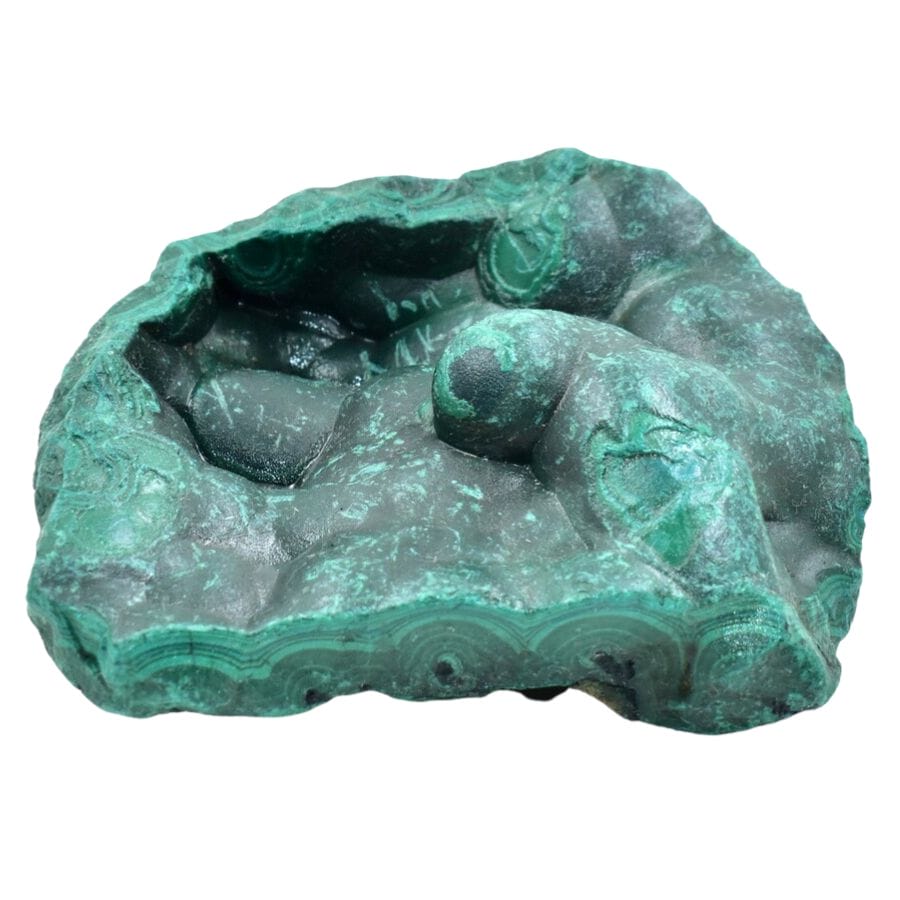
Hardness in minerals is like toughness in people, but instead of seeing who can lift the heaviest weight, it’s about which mineral can scratch another. There’s a cool tool called the Mohs hardness scale that helps us measure this.
The scale goes from 1, which is super soft like talc (the stuff in baby powder), all the way up to 10, which is diamond, the hardest thing around.
The difference between malachite and jade becomes pretty clear when we talk about hardness. Malachite is on the softer side, with a hardness of 3.5 to 4. If you tried to scratch it with a normal pocket knife, you’d probably leave a mark.
Jade, on the other hand, whether it’s nephrite or jadeite, has a hardness of 6 to 7. That means it’s way harder to scratch.
Cleavage – Jade doesn’t break in smooth, flat planes
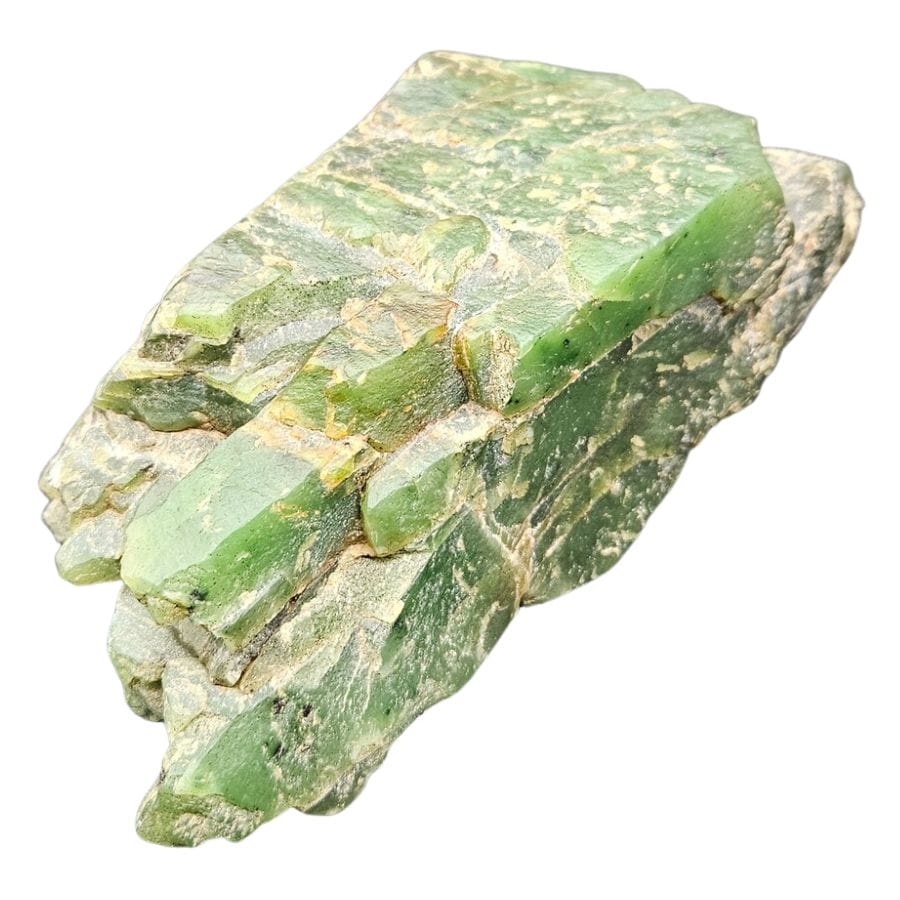
Cleavage and fracture are two words that tell us how minerals break. It’s kind of like breaking a chocolate bar. Some bars break smoothly along lines, while others might snap in random ways.
A mineral’s cleavage describes the way it splits easily in certain directions because of its inner structure. If you’ve ever seen a rock or mineral that looks like it has flat, smooth planes when it breaks, that’s because of its cleavage.
Fracture is a little different. It’s how a mineral breaks when it doesn’t have cleavage. The break can be uneven, curved, rough, or even jagged.
Malachite has good cleavage in one direction. That means if you tried to break it, it would likely split smoothly along one particular line.
Jade, though, is a whole different story. It doesn’t have any cleavage because of its tightly woven fibrous structure. Instead, if you tried to break jade, it would have a splintery fracture, breaking in a rough, uneven way.
Chemical composition – Malachite contains copper
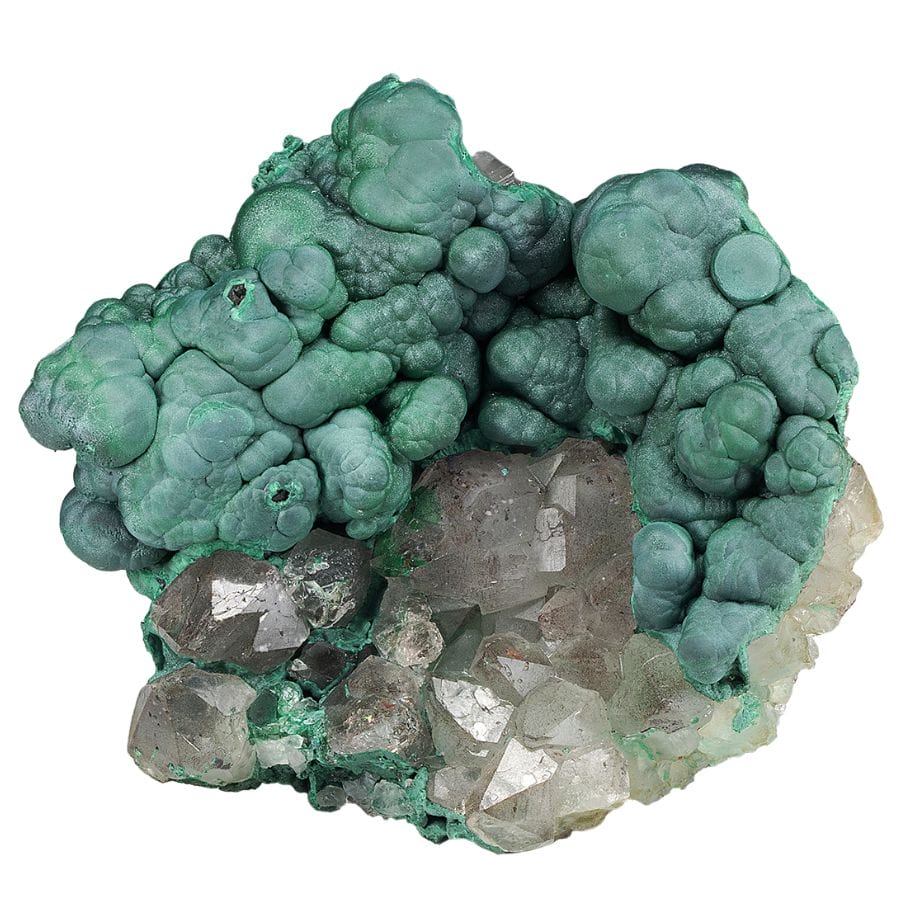
Chemical composition sounds like a big term, but it’s just a fancy way of saying what something is made of on the tiniest level.
Everything around us is made of little building blocks called atoms, and when these atoms get together, they form molecules.
The special way these atoms join up and the kinds of atoms involved decide what kind of stuff we end up with.
Malachite is made up of copper, carbon, oxygen, and hydrogen atoms. They come together to form the molecule Cu₂CO₃(OH)₂. This is the chemical composition of malachite.
Jade, however, is a bit trickier because it has two types. There’s nephrite, which is rich in calcium and magnesium, and then there’s jadeite, which is packed with sodium.
These two types of jade are made of different atoms and molecules, so they have their own unique recipes from nature.
Density – Jade is less dense
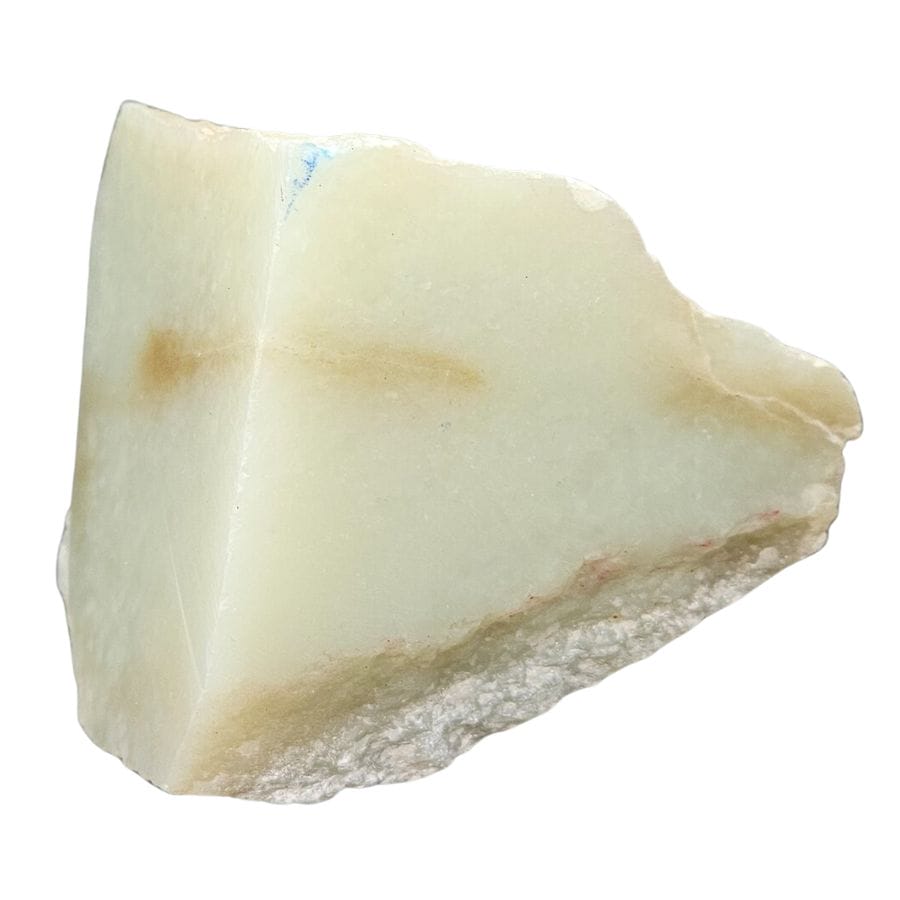
Density is a cool word that tells us how much stuff is packed into a certain space. Imagine you have two boxes of the same size. One box is filled with feathers, and the other box is filled with sand.
Even though the boxes are the same size, the box with sand is going to be way heavier because it’s more dense than the box with feathers.
Malachite and jade have different densities too. On one hand, malachite has a density of around 3.6 to 4 g/cm³.
Jade is a little different. If it’s nephrite, its density is around 2.95 g/cm³. But if it’s jadeite, it’s between 3.24 to 3.43 g/cm³.
Formation – Malachite forms in oxidizing zones
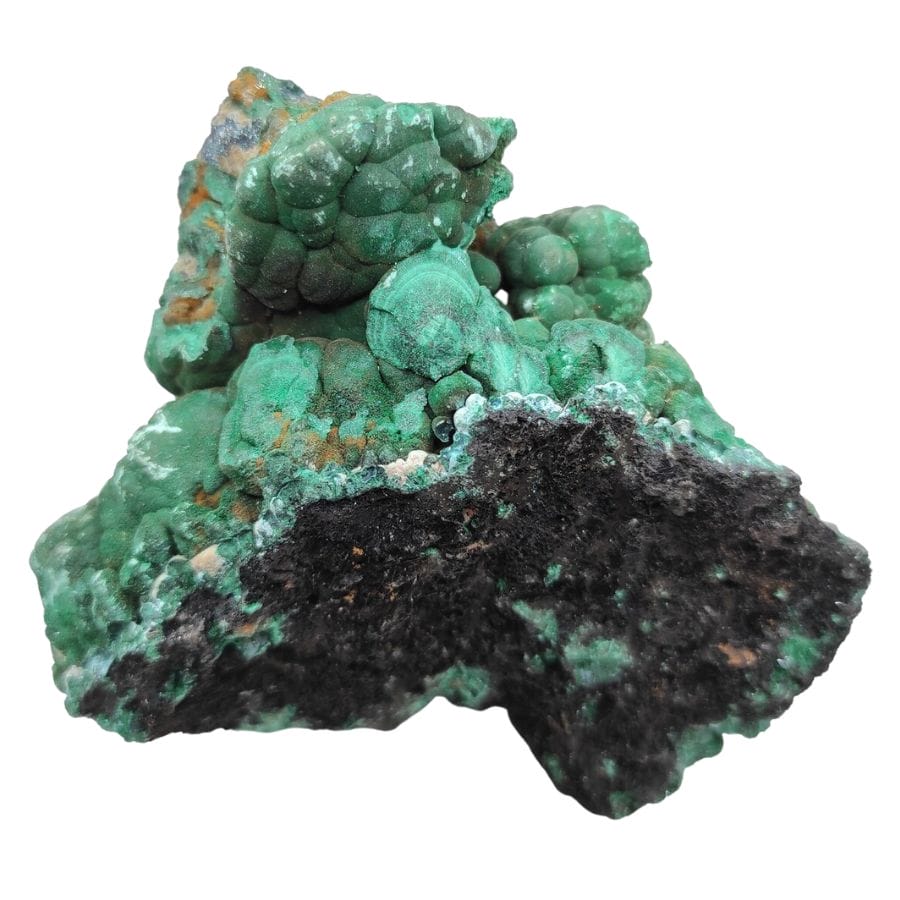
Malachite forms when copper ore bodies react with oxygen. Imagine leaving a piece of metal outside, and over time, it changes because of the air and moisture.
That’s kind of what happens with malachite, but deep in the Earth, in places called oxidizing zones. It’s a secondary process, which means that malachite forms from changes to an already existing material.
Meanwhile, jade forms in places where big chunks of the Earth’s crust press and heat against each other, called metamorphic environments.
Jadeite, one type of jade, is born deep in the ground in areas called subduction zones, where one piece of Earth’s crust dives beneath another.
Nephrite, another type of jade, forms when rocks get cooked by nearby molten material, in a process called contact metamorphism.
If you’re passionate about discovering and collecting minerals, finding the best spots can be a challenge. That’s where our guide on rockhounding near you comes in handy.
With easy-to-follow maps and expert tips, you’ll be on your way to adding beautiful specimens to your collection in no time!
Fluorescence – Jade can glow under UV light
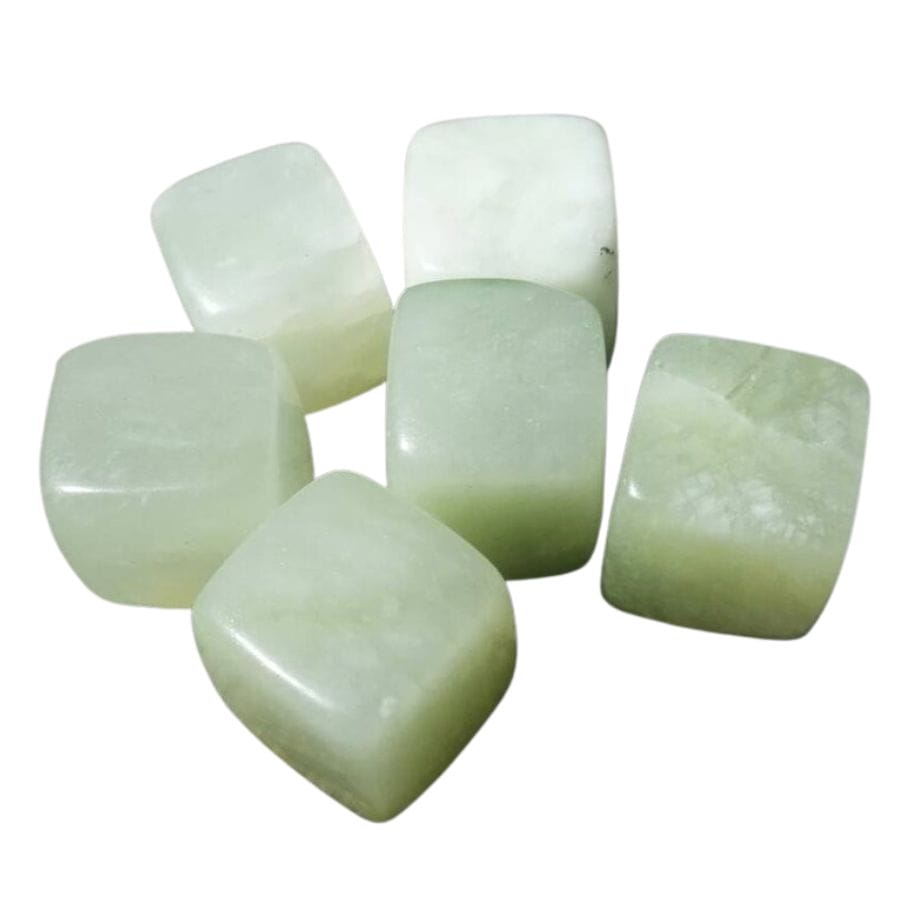
Fluorescence describes a process in which an object absorbs light at one wavelength (like the ultraviolet light from a black light) and then gives off light at a different wavelength. This makes some minerals light up under ultraviolet light!
Not all minerals have this ability. The reason some minerals fluoresce is because of certain elements or impurities inside them that get excited by the UV light and then give off visible light as they calm down.
Malachite usually doesn’t have this glowing ability, which means that it typically doesn’t light up under UV light.
Some pieces of jade, especially jadeite, might glow sometimes. But not all jade pieces can fluoresce.
Conductivity – Malachite can let electricity pass through it
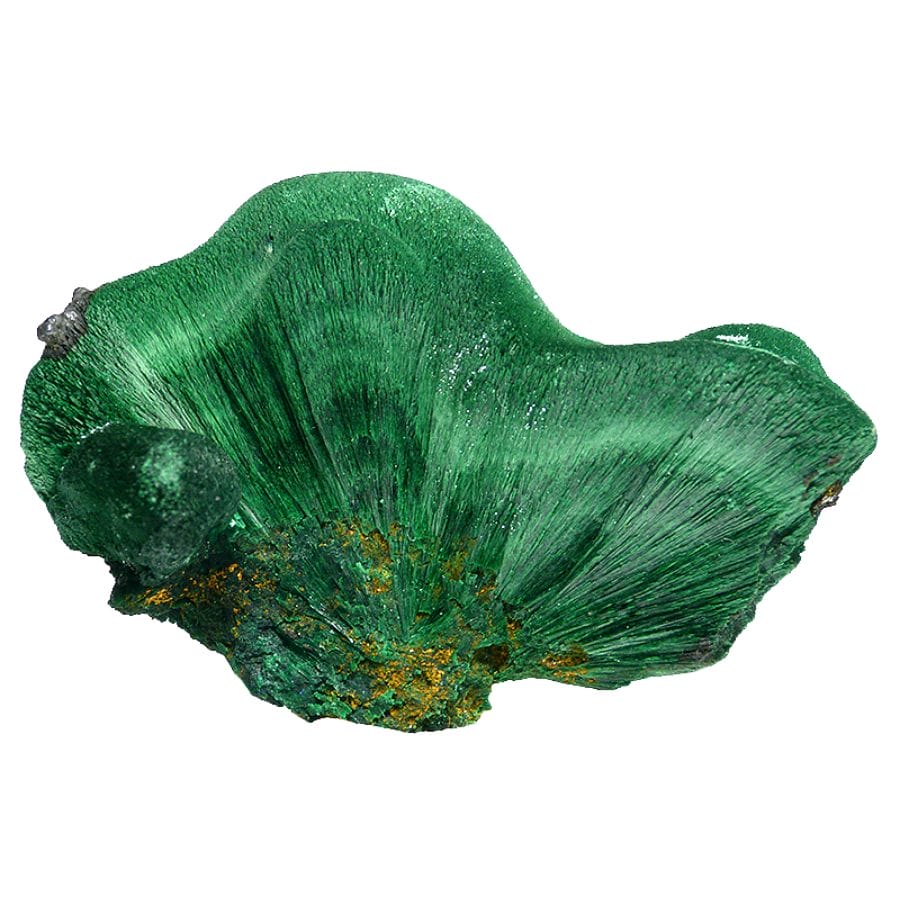
Imagine you have a super long string of holiday lights. When you plug them in, the electricity travels through the wires and lights up every single bulb. This happens because the wires allow electricity to flow through them.
In science, we call this ability “conductivity”. Things that let electricity pass through them easily are called conductors.
When we compare malachite vs jade in terms of conductivity, they’re pretty different. Malachite has a special ingredient called copper.
Copper is known for being a great conductor of electricity. That’s why a lot of our electrical wires are made from it.
Because it has copper in it, malachite has good electrical conductivity. It lets electricity pass through it more easily.
On the other hand, jade doesn’t really allow electricity to flow through it well. It’s like trying to pass water through a solid brick wall – it just doesn’t work. So, while malachite can conduct electricity, jade doesn’t have that same power.
Price – Jade is more expensive
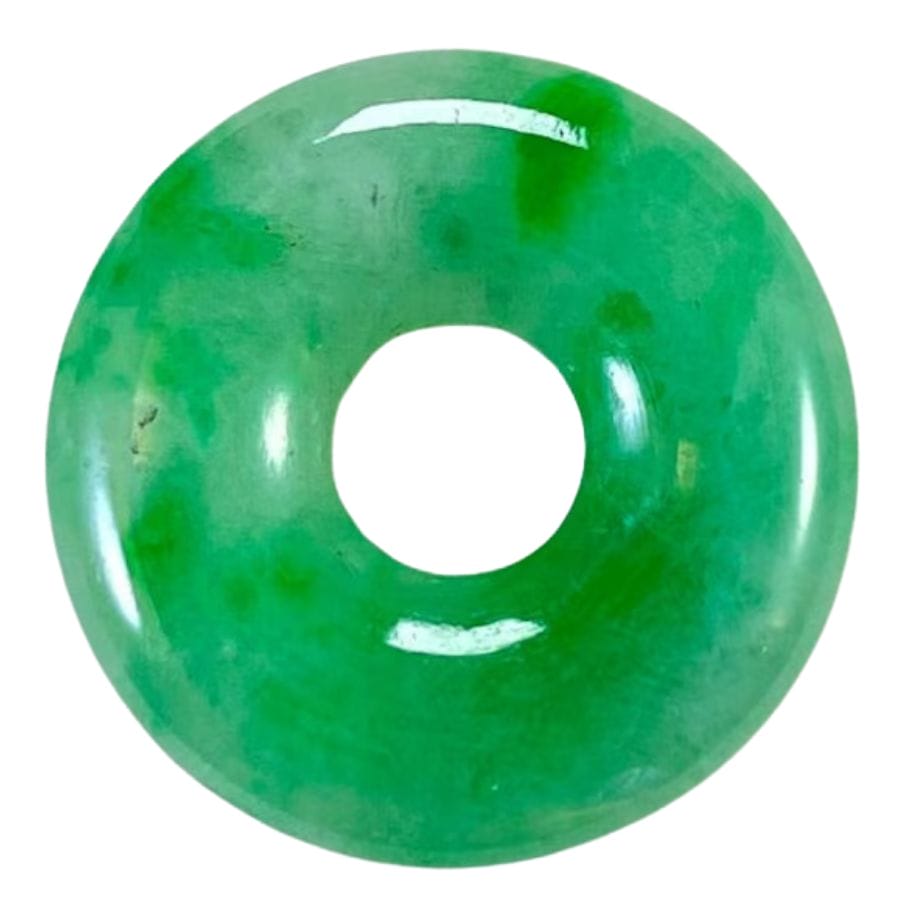
Price tags can tell you a lot about the value of things, and when we look at stones like malachite and jade, there’s a big difference.
Malachite is a beautiful green stone with unique patterns, and many people love it. But when you go to buy it, you’ll find that the price of malachite is lower than the price of high-quality jade.
Now, jade is a bit tricky. There are two main types of jade: nephrite and jadeite. Of these, jadeite is often more sought-after, especially if it has a bright, even color. The clearer and more vibrant the jade, the higher the price.
Sometimes, the best jadeite can be super expensive!
On the other hand, nephrite jade is generally less costly than jadeite but can still be pricier than malachite.
So, if you’re shopping and wondering why jade might cost more than malachite, it’s because of its type, color, and how clear it looks. People are willing to pay a lot for the perfect piece of jade!
Location – Malachite can be found in Africa and Australia
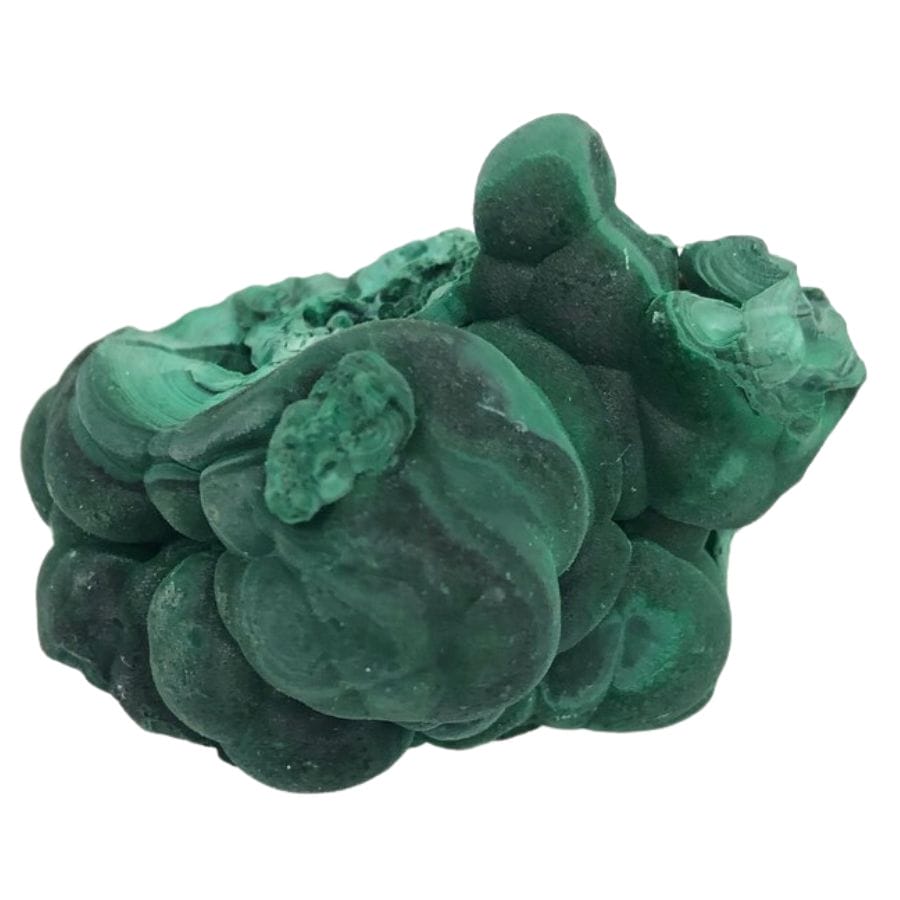
Imagine you’re traveling the world on a treasure hunt for beautiful stones. Different stones are found in different parts of the world. It’s like how you’d find kangaroos mainly in Australia and polar bears up in the Arctic.
Malachite is one of those treasures you might come across in many places. You could find it in Africa in countries like Congo, Gabon, Zambia, and Namibia. It also pops up in Mexico and Australia.
But if you’re looking for the biggest stash of malachite, pack your bags for the Urals region in Russia.
Now, if jade is on your treasure list, you’d want to head to Myanmar. That’s where a lot of the jadeite type of jade comes from.
But jade isn’t just found in Myanmar. For nephrite, another type of jade, you could explore places like Russia, China, New Zealand, and even some parts of North America.
While many people associate jade with distant lands, it might surprise you to learn that jade and other precious gems can be found right here in the United States.
Our guide to finding gems near you offers insights into the best locations, tools, and techniques to help readers discover these hidden treasures.
Jade vs Malachite – The Similarities
Even though malachite and jade have their unique traits, they share some cool similarities. Let’s dive into what makes these two stones more similar than you might think!
Clarity – Malachite and jade can be translucent to opaque
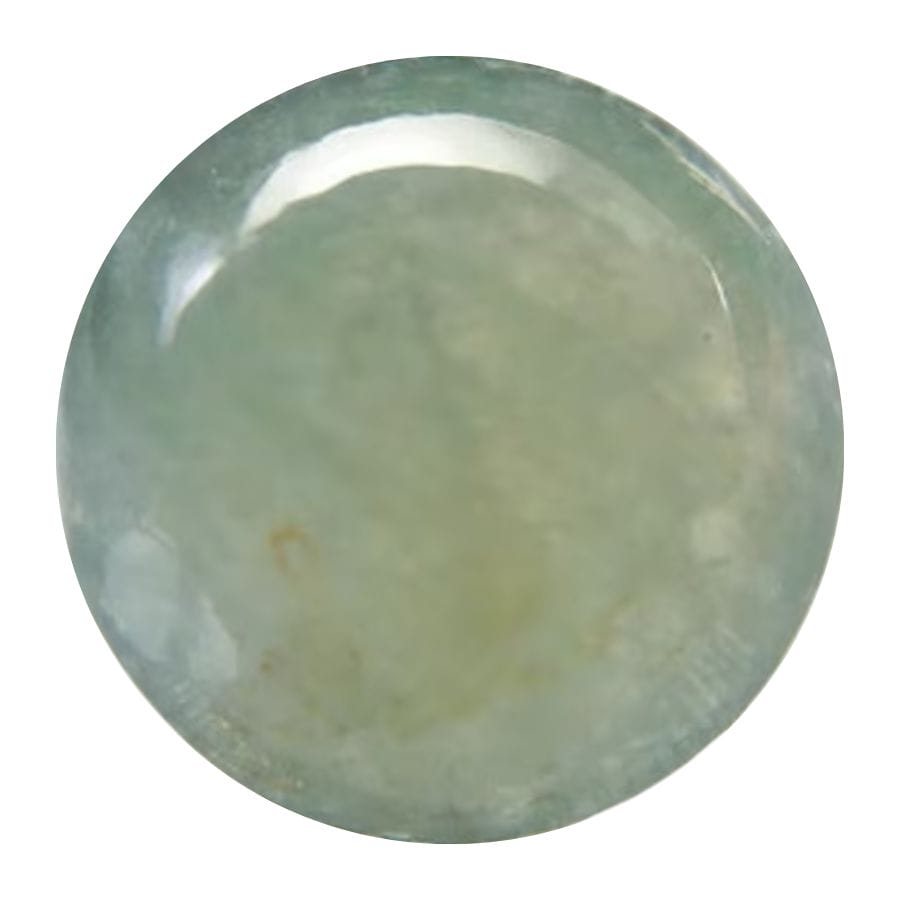
One neat thing that malachite and jade have in common is that both can range from translucent to opaque. This means that some pieces might let a little bit of light shine through, while others won’t let any light pass at all.
This means that when you hold malachite up against a light source, you might see a soft glow in some parts.
On the other hand, jade can be a bit of a surprise. While it can also be translucent to opaque, some high-quality jade pieces are more translucent.
Crystal structure – Both minerals have a monoclinic structure
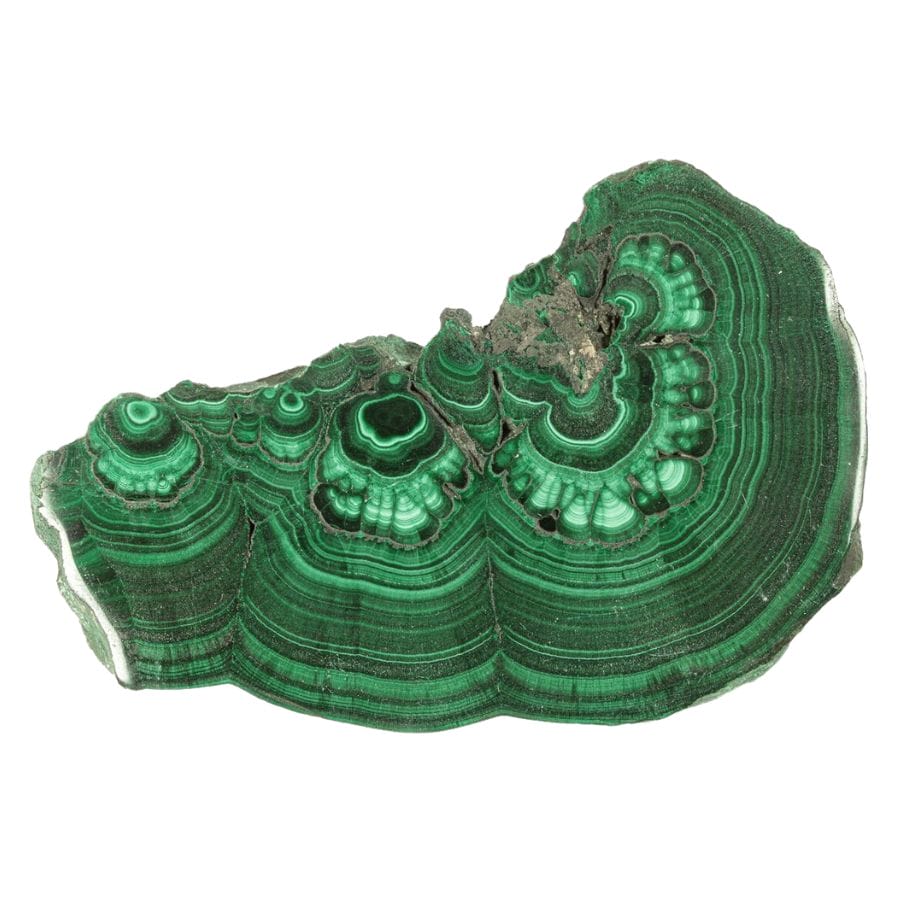
Every mineral has atoms that are arranged in a particular way. This arrangement is called a crystal structure.
Just like building blocks can be stacked in different patterns to create different shapes, atoms in minerals stack up in unique patterns too.
Here’s a cool fact: both malachite and jade share the same type of crystal structure! They both belong to the monoclinic crystal system. In simpler terms, this means their atoms stack up in a certain way that gives them both a similar internal shape.
Even though malachite and jade might look different on the outside, on the inside, they’re like distant cousins because of their matching crystal structures.
Magnetism – Neither mineral is magnetic
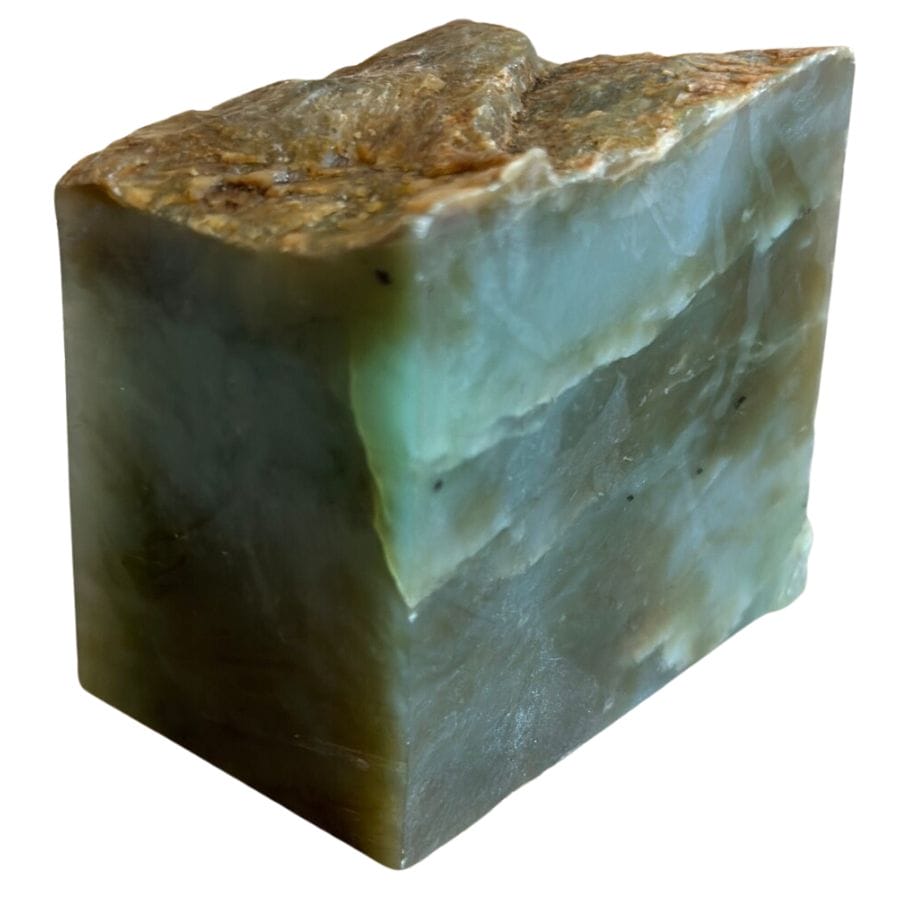
Magnetism is a force that can attract or push away objects. Think about the magnets you might put on a fridge. They stick to the metal because of this force.
However, not everything is magnetic. For example, only some minerals have this magnetic ability. This is because of the type of atoms they have and how they’re arranged.
Even though malachite and jade have many unique qualities, neither of them is magnetic. This means if you had a strong magnet and you tried to make it attract malachite or jade, nothing would happen.
Malachite contains copper, but even so, it’s not a metallic mineral. Thus, it won’t budge in the presence of a magnet.
The Easiest Ways to Tell Malachite and Jade Apart
Differentiating between malachite and jade can be quite fascinating. By observing their features and doing some simple tests, you can tell which is which.
Look for banding
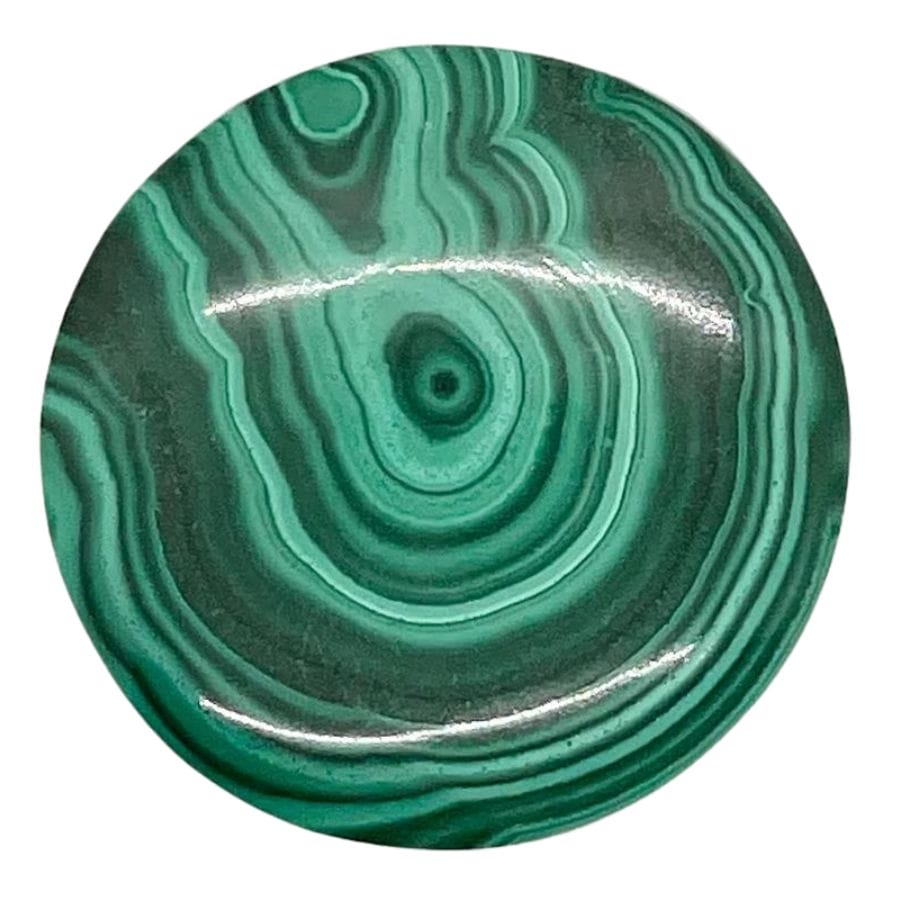
One of the most noticeable features of malachite is its banding. This means it often displays wavy or circular banded patterns across its surface. These bands can range from light green to dark green and they might look like stripes or rings.
Instead of bands or layers, jade presents a more even appearance. If you hold a piece of jade in your hand, you’ll typically see a consistent color and texture throughout the stone. It won’t have the banding you’ll see in malachite.
Test the hardness
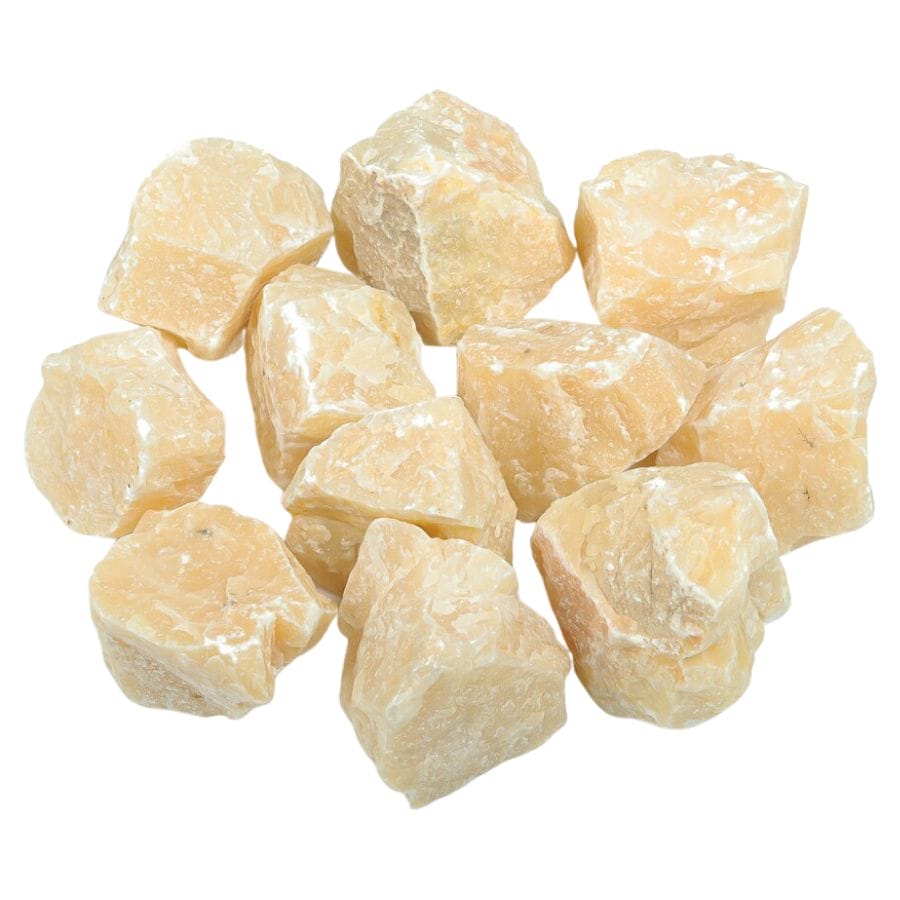
Hardness is one way to figure out what kind of mineral you have. If you want to see how hard a mineral is, you can try to scratch it with something common that has a known hardness, like a pocket knife.
Malachite is on the softer side. If you take a pocket knife and try to scratch malachite, it will leave a mark pretty easily. So, if you scratch a stone with a knife and a mark appears, then the stone is likely malachite.
However, jade is tougher. If you try to scratch jade with the same pocket knife, it won’t scratch as easily. In fact, you’ll probably find it’s pretty resistant to the knife. So, if the stone doesn’t scratch easily, you might just have a piece of jade!
Perform a streak test
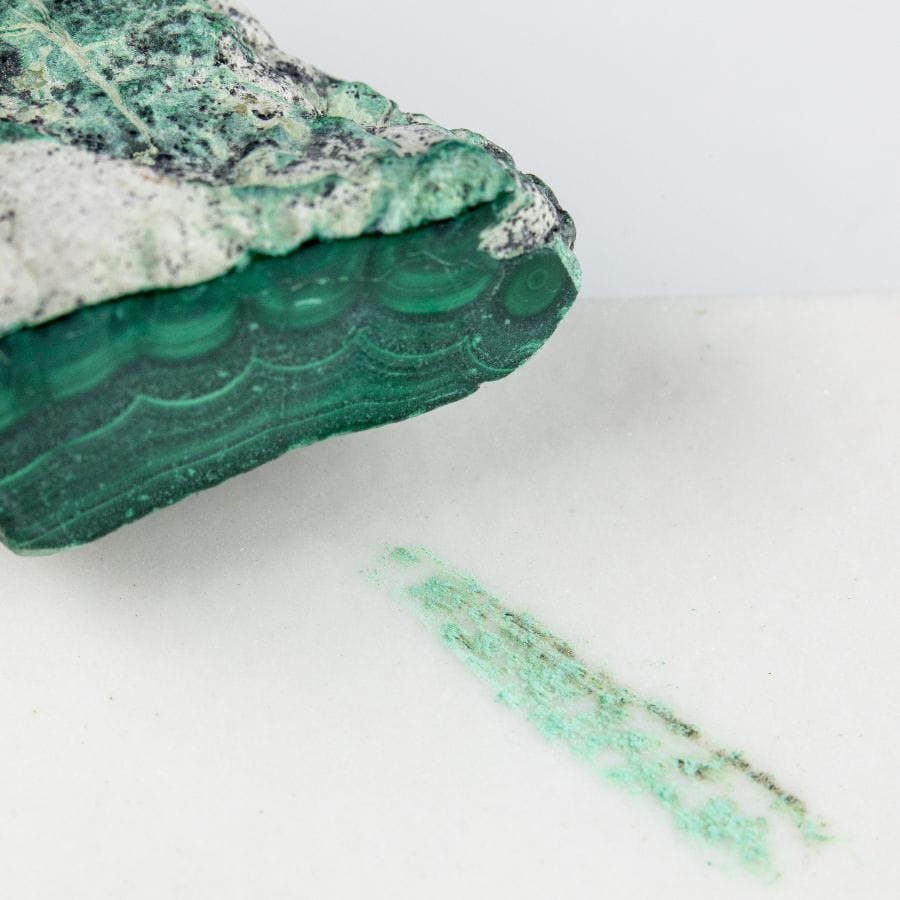
The streak test is a cool method to identify minerals. It’s the color a mineral leaves behind when it’s scratched or rubbed against an unglazed porcelain plate.
This color is consistent and remains the same when a mineral comes in different external colors. To tell jade vs malachite apart using streak, here’s what you should know.
If you take a green stone and rub it on the streak plate, and it leaves a pale green mark, then the stone is likely malachite.
On the other hand, jade acts a bit differently. Even though jade itself can be green or another color, the streak it leaves behind is typically white.
This difference in streak color makes it easier to figure out whether you have a piece of jade or malachite in your hand.

